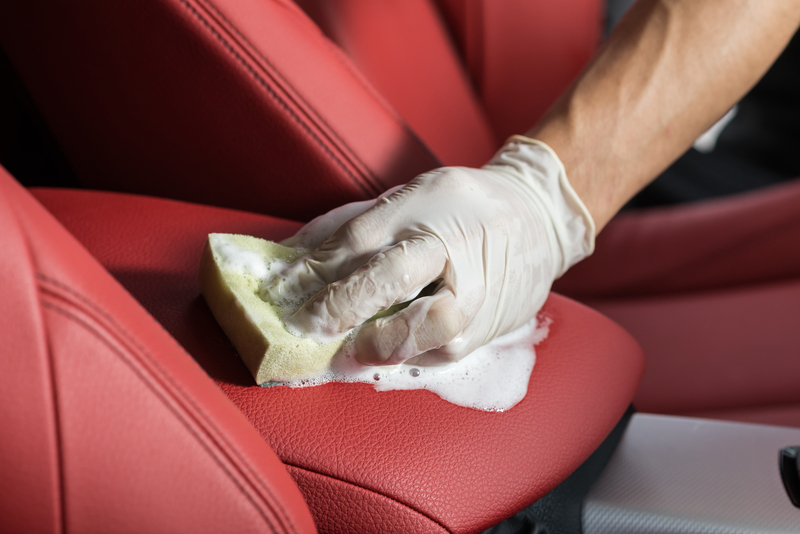Fewer Germs in Living Spaces
Maintaining clean and germ-free living spaces is crucial for ensuring the health and wellbeing of the inhabitants. Germs, including bacteria and viruses, can lurk in various places around the house, contributing to illnesses and health problems. This article will guide you through effective ways to minimize germs in your living environment.
Understanding Common Germ Sources
Many areas in our homes can harbor germs. Some of the most common sources include:
- Kitchens: Countertops, sinks, and cutting boards can be breeding grounds for bacteria, especially if raw food is involved.
- Bathrooms: Toilets, sinks, and shower heads are common places for germs to thrive due to moisture and frequent use.
- Living areas: Remote controls, door handles, and light switches are frequently touched and rarely sanitized, making them hotspots for germs.
- Personal items: Cell phones, keys, and wallets often come into contact with various surfaces, accumulating germs.

Strategies to Reduce Germs
Regular Cleaning and Disinfection
Consistent cleaning and disinfecting of surfaces is vital. Use EPA-approved disinfectants to ensure effectiveness against germs. Focus on high-touch areas such as doorknobs, light switches, and electronic devices. For personal items, consider products designed specifically for sanitizing electronics.
Proper Hand Hygiene
Encourage everyone in the household to wash their hands regularly with soap and water for at least 20 seconds, especially after using the restroom, before eating, and when coming home from outside.
Ventilation and Air Quality
Good ventilation helps to reduce the concentration of airborne germs. Open windows when possible, and use air purifiers with HEPA filters to remove particles from the air. Ensure your HVAC system is regularly maintained and filters are changed according to manufacturer recommendations.
Use of UV-C Technology
UV-C light is effective in killing bacteria and viruses. Consider using UV-C sanitizing wands or lamps for items that are difficult to sanitize using traditional methods.
Smart Habits to Adopt
Incorporating certain habits into your daily routine can drastically reduce the presence of germs. These practices include:
- Avoiding touching your face, especially eyes, nose, and mouth, to prevent the transfer of germs.
- Ensuring all household members cover their mouths and noses with tissues or elbows when sneezing or coughing.
- Regularly washing bedding, towels, and kitchen rags at higher temperatures to kill lingering germs.
- Implementing a no-shoes policy indoors to reduce the introduction of outside contaminants.
Pros and Cons of a Germ-Free Living Space
Pros
- Reduced risk of illnesses, particularly infections and allergies.
- Improved overall health and wellbeing for all household members.
- A safer environment for vulnerable individuals, such as children and the elderly.
Cons
- The time and effort required for constant cleaning and disinfection.
- Potential over-reliance on chemical disinfectants, which might lead to resistant bacteria.
- The possible initial cost of investing in cleaning equipment and supplies.
Practical Tips for Reducing Germs
- Use microfiber cloths for cleaning as they are more effective at trapping dust and germs compared to traditional cloths.
- Keep hand sanitizers readily available throughout the home for quick hand hygiene.
- Regularly declutter to avoid accumulation of dust and germs on unnecessary items.
- Disinfect shopping bags, especially reusable ones, after each use.

Takeaways
- Regular and thorough cleaning and disinfection are essential to maintain a germ-free environment.
- Good hand hygiene and smart daily habits significantly reduce germ spread.
- Investing in tools like UV-C sanitizers and air purifiers can complement traditional cleaning methods.
Conclusion
Fewer germs in living spaces translate to a healthier and safer environment for everyone. By understanding common germ sources, adopting consistent cleaning practices, and implementing smart habits, you can effectively minimize the risk of illnesses and enhance the quality of life in your home. While the process requires dedication and effort, the benefits of maintaining a germ-free living space far outweigh the challenges.


